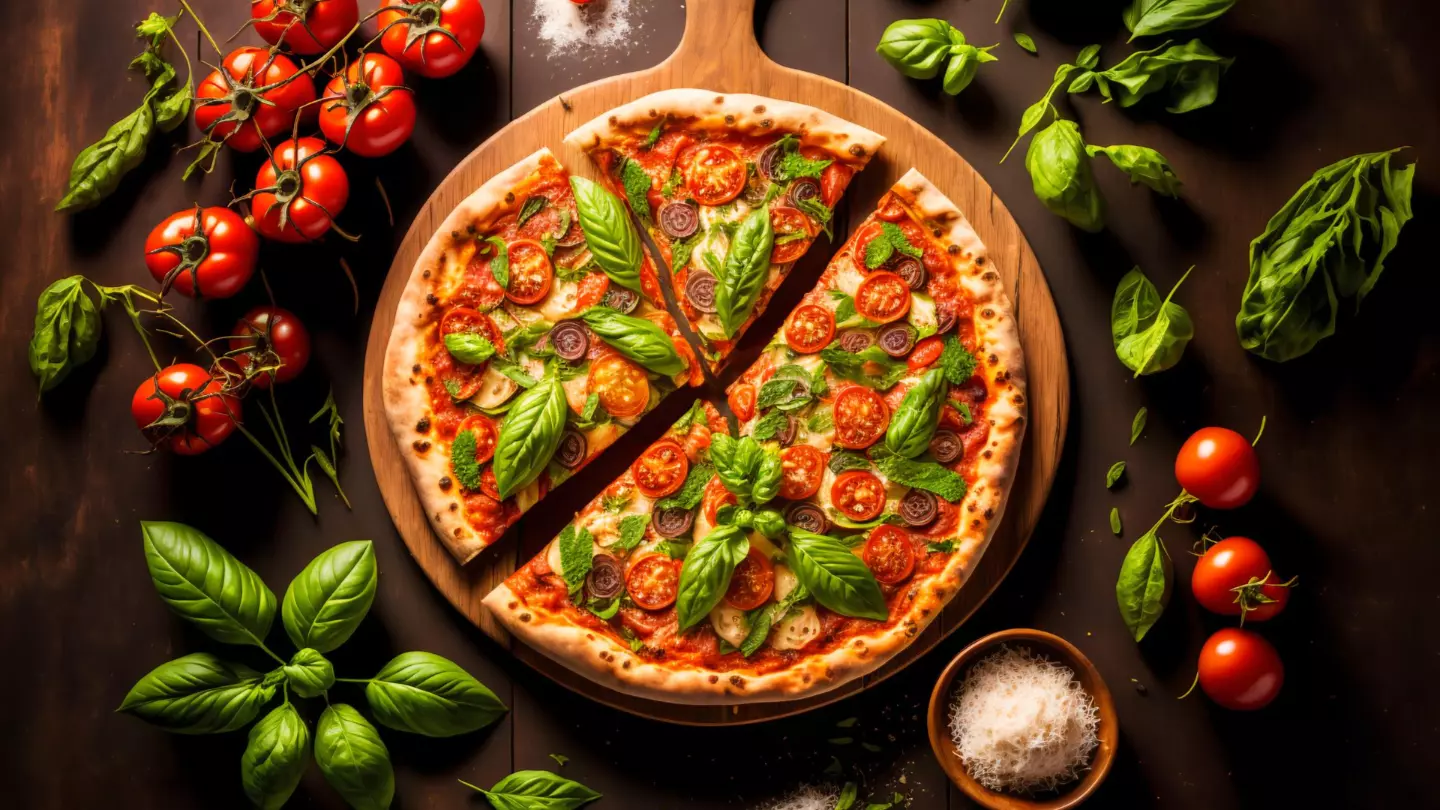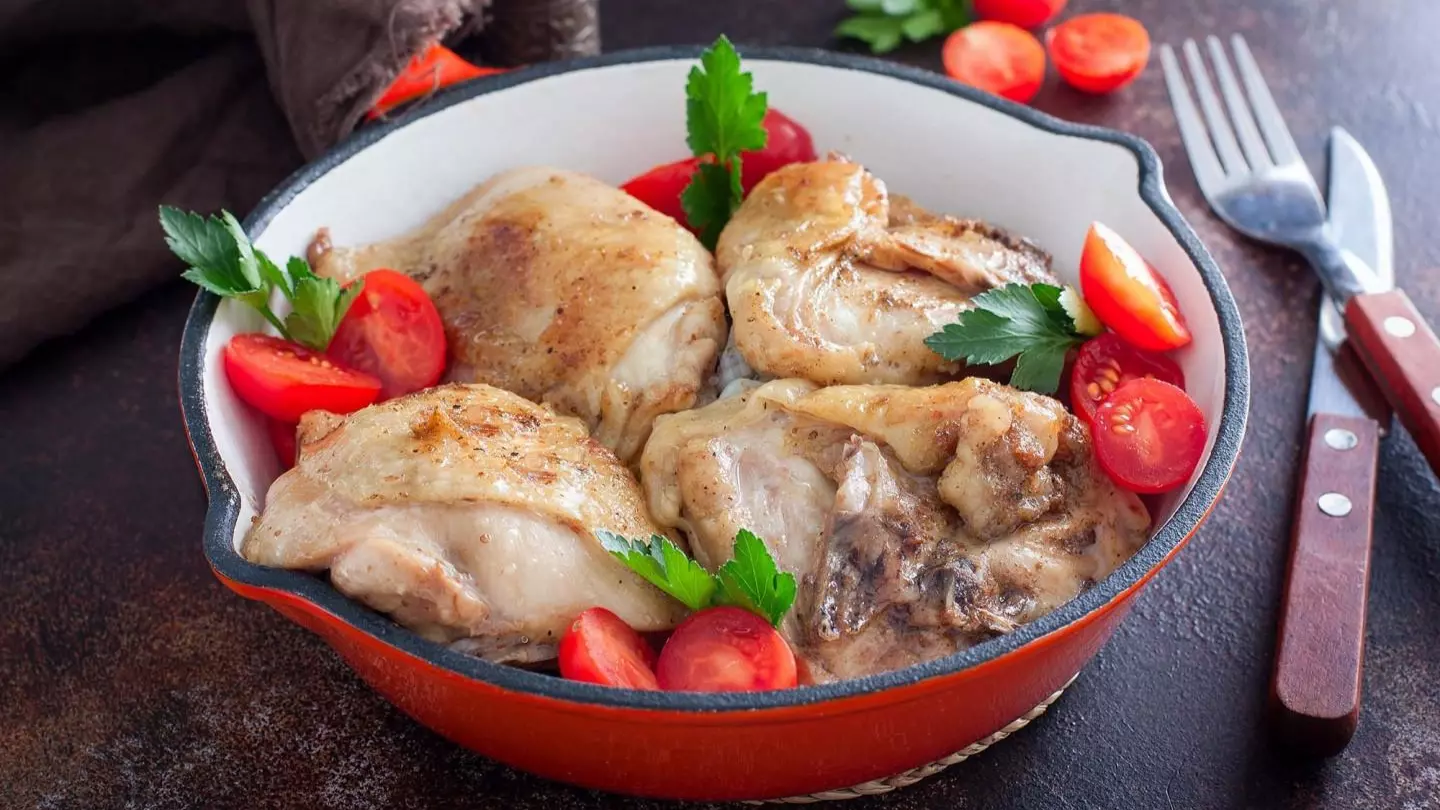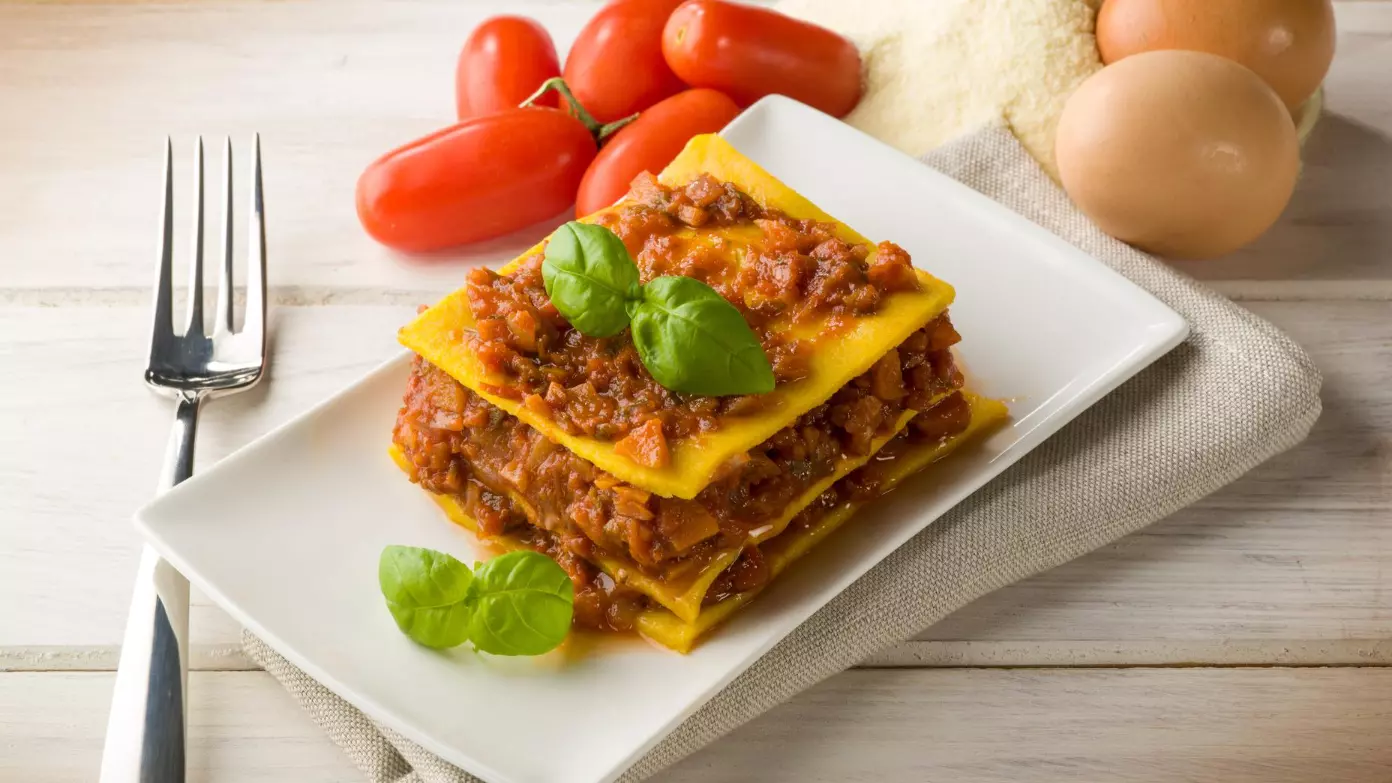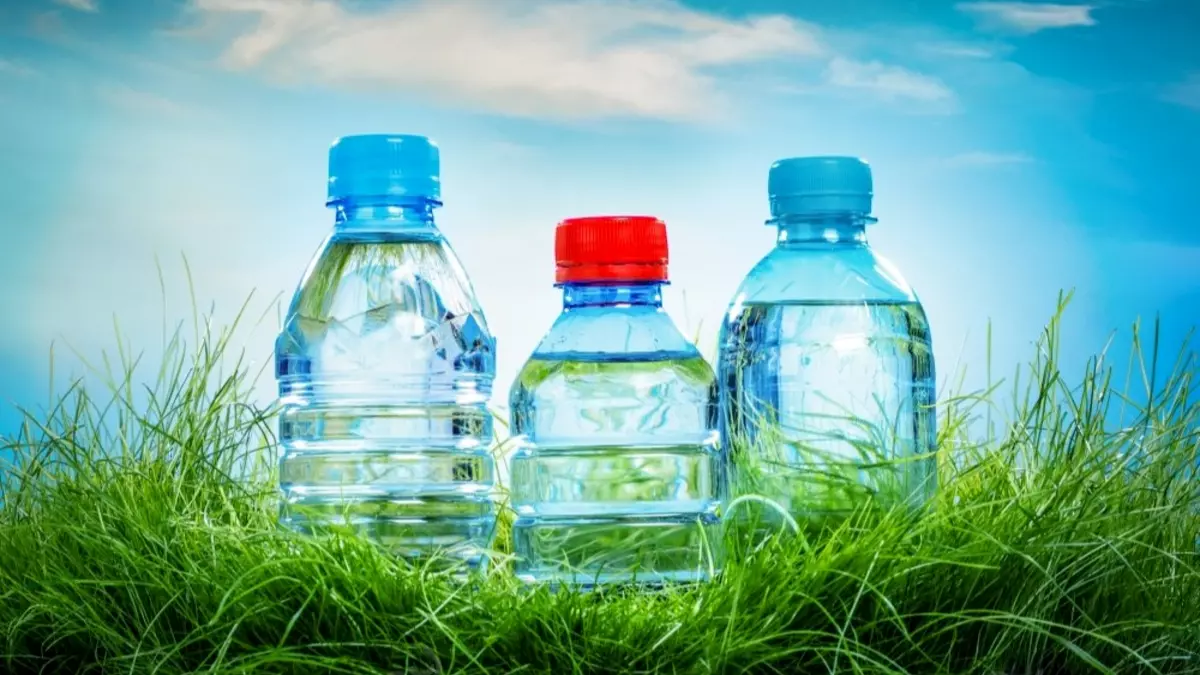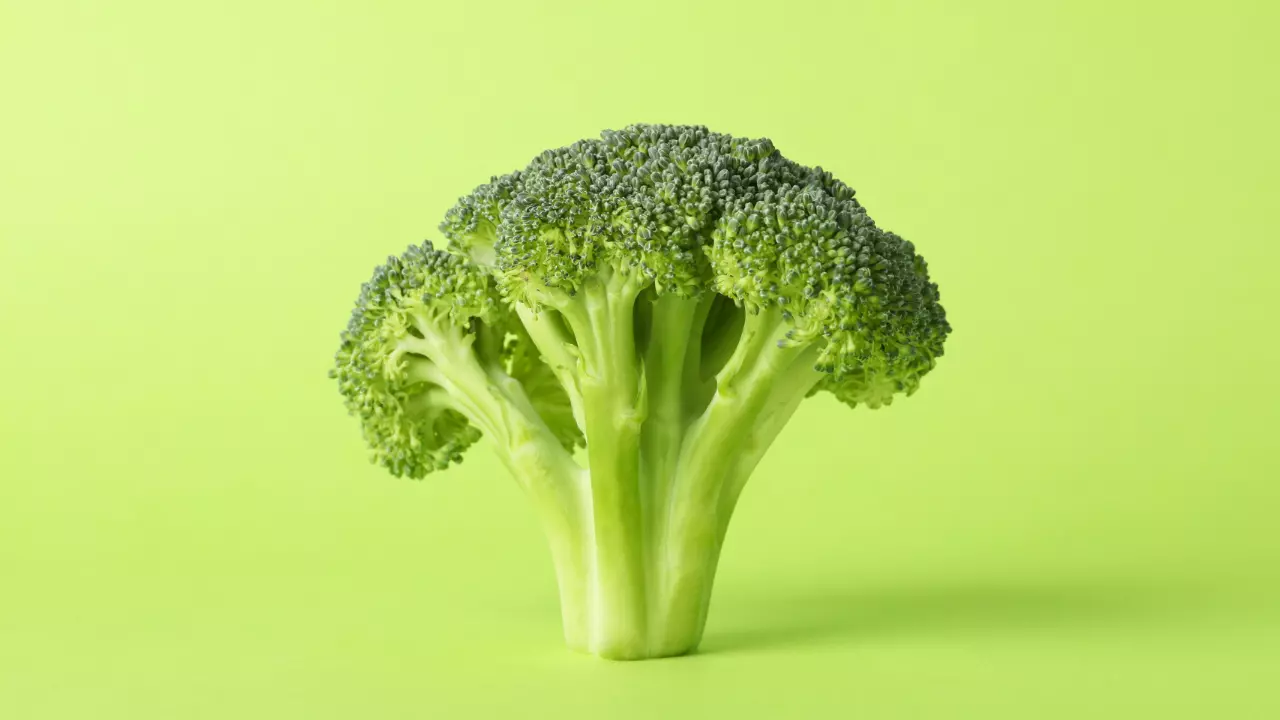Examples of zero calorie foods
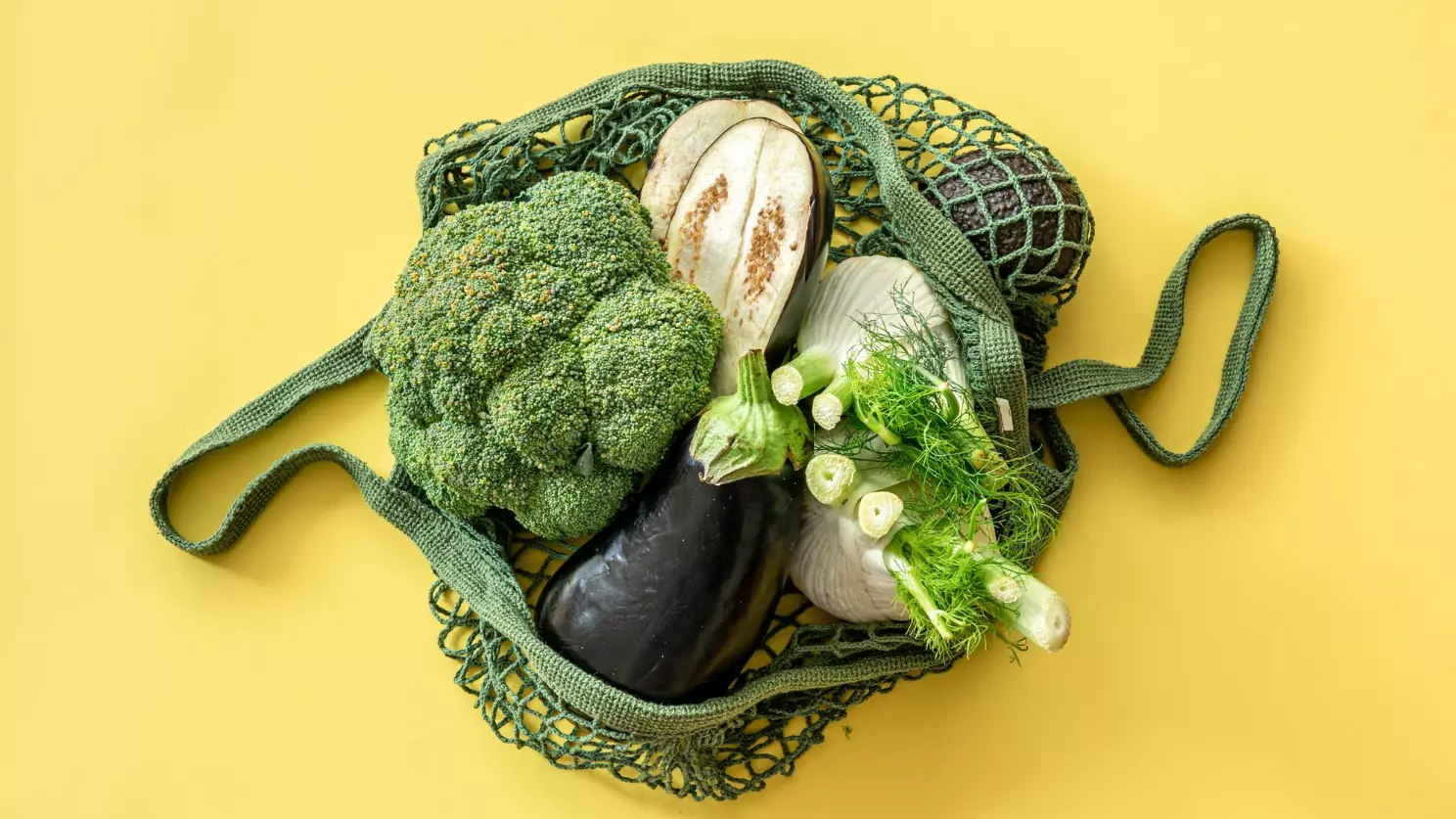
Content
What are zero calorie foods? Calorie is the amount of energy that the body gets from the product after its digestion. In another way, this parameter is called energy value. According to the classification of food products, low-calorie foods are those whose energy value per 100 grams does not exceed 100 kcal. Their low calorie content is ensured by the fact that the body needs much more time and energy to process them than it receives in the end.
Well, who among us has not dreamed of the existence of such products that could be eaten without any restrictions at all. And here, they enter the scene – products with a negative calorie content.
Zero calorie foods, how is that possible?
According to popular belief, some foods contain less energy than the body spends on their digestion. Relatively speaking, we had dinner for 100 kcal, and spent 150 kcal on digestion, total -50 kcal! Usually, The list of negative calorie foods includes cucumbers, celery, broccoli, radishes, spinach, and many other vegetables.
Sounds like a fairy tale, doesn't it?
Because, unfortunately, this is a fairy tale. A legend built on the great desire of those who follow the figure not to limit themselves, at least in some way.
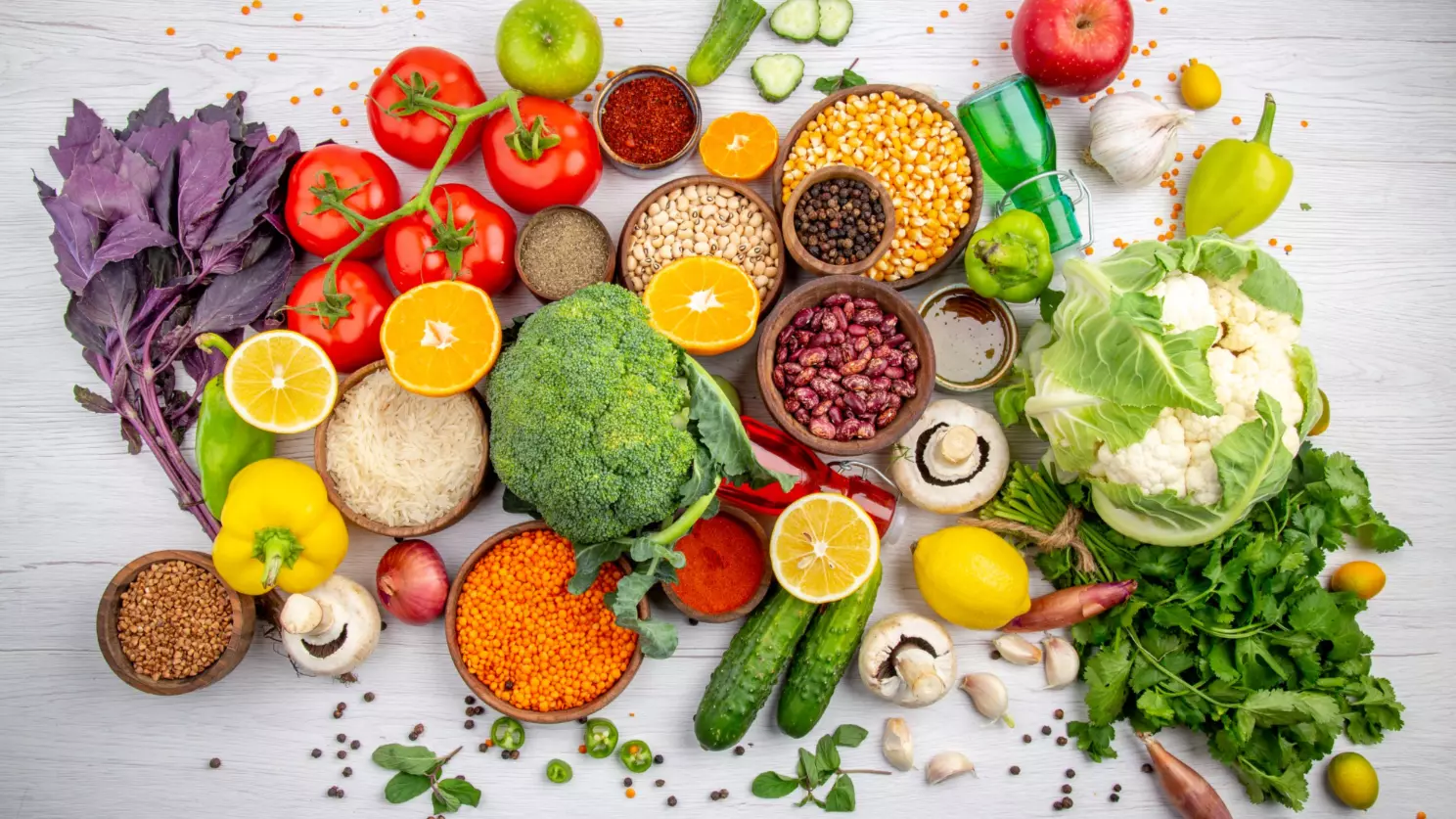
The real situation is this: the body does not spend a certain number of calories on digesting food, each time it depends on the quality and quantity of food eaten.
Whatever you eat, it will take only 5 to 30% of its calories to assimilate food.
Example:
You can eat a 400 calorie burger and spend 30% of its calories on digestion – and it will be 120 kcal. The rest will go to pluses.
Or you can eat a plate of boiled broccoli for 70 kcal and also spend 30%, that is, only 21 calories. And the rest will also be a plus.
Thus, There are no negative calorie foods, and all the vegetables listed in such lists do not help to lose weight and do not burn fat.
Cardio training helps to get rid of the fat layer, and we lose weight solely on a calorie deficit.
But it is worth remembering that food is not only calories, it is also PFC, microelements, and various vitamins. And if you will be not only thin, but also healthy, then the diet should be balanced.
In our time, it is no longer necessary to spend time choosing recipes and calculating calories yourself – you can just order a ready-made diet. It remains only to warm up!
Zero calorie foods: Examples
The dream of all those who lose weight is to find products that would help to achieve the desired result faster. There is a whole group of foods with zero (negative) calories. The body spends more energy on their digestion, then gets with calories. In addition, they are rich in nutrients. They can be eaten every day as a snack and are not afraid to get better from such a light snack. These products will be listed below and their calorie content per 100 g of the product will be presented.
Zero calorie fruits:
Let's look at zero calorie fruits.
Apples
A green fruit contains 35 kcal, and a red one contains 40-45 kcal. An apple consists of 86% water, and the peel contains fiber and ursula acid, which prevents skeletal muscle atrophy and the accumulation of body fat.
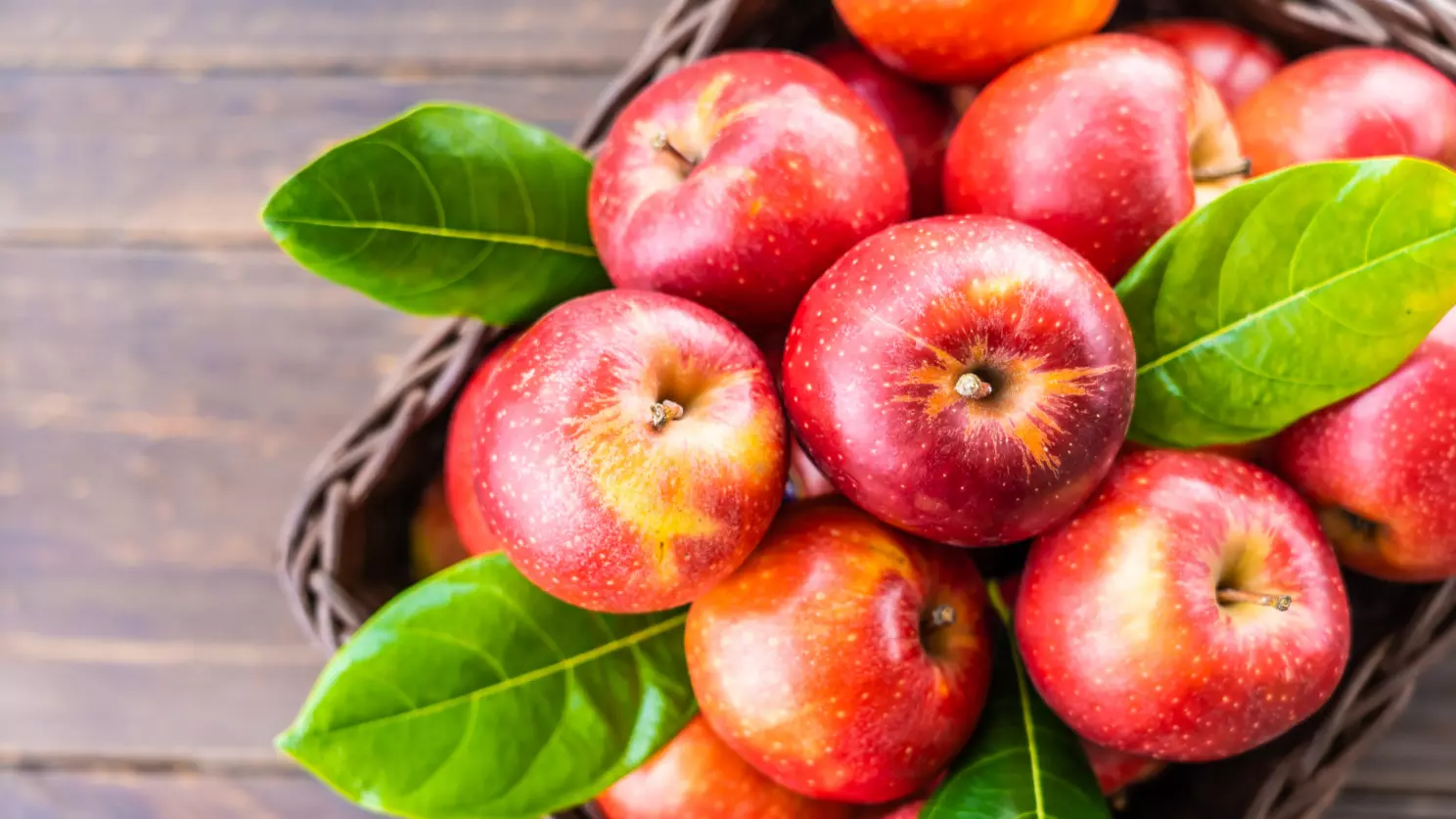
Apricots
An entire storehouse of useful vitamins (A, B, C and E) and trace elements (potassium, magnesium, iron, and iodine). Contains only 41 kcal. Prevents diseases of the endocrine system, increases the level of hemoglobin and lowers cholesterol in the blood. It has a mild laxative effect.
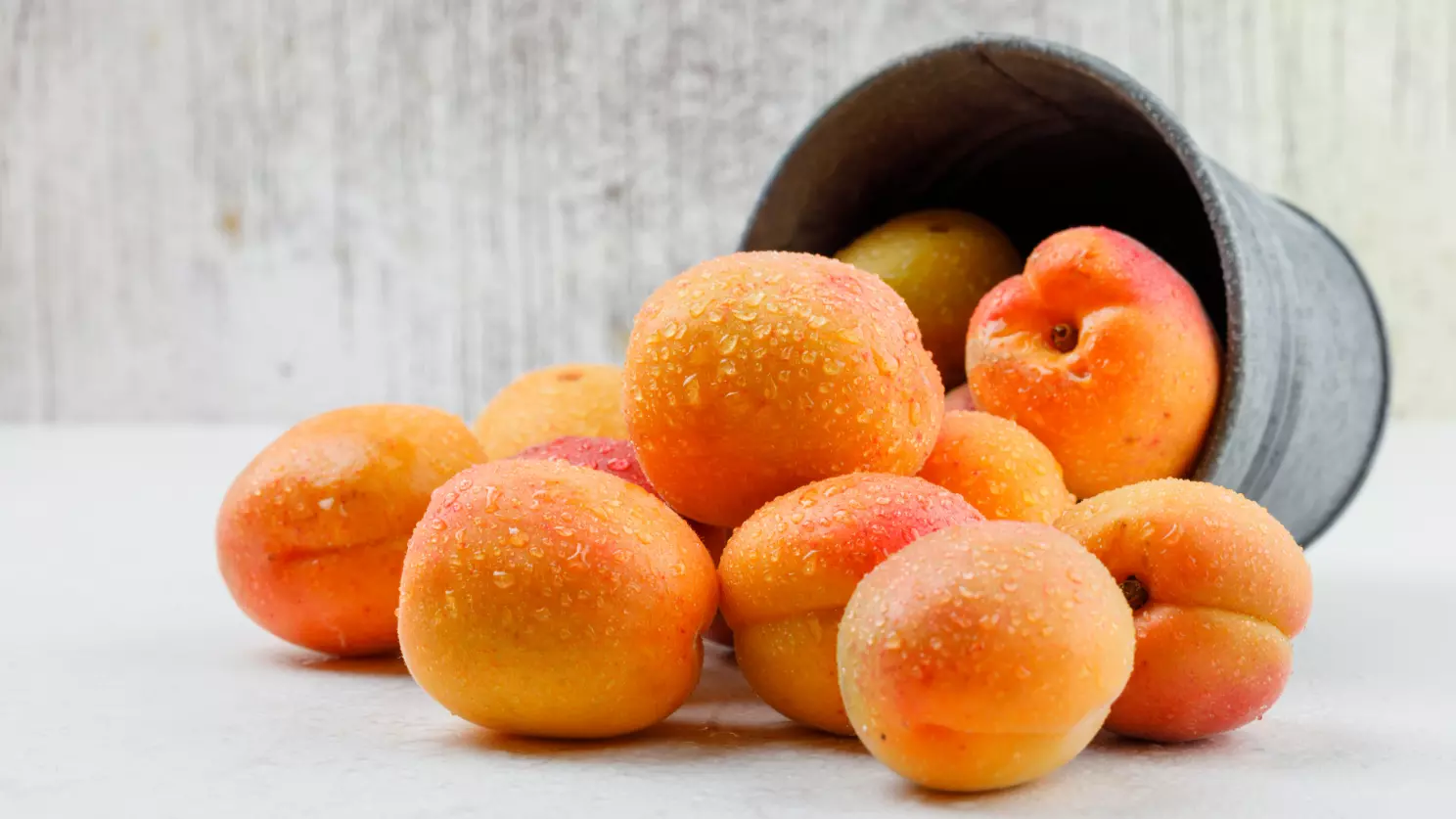
Lemon
Improves bowel activity, gives energy and helps with colds thanks to vitamin C, bactericidal and anti-inflammatory action. It has only 16 kcal. Eliminates skin itching and promotes weight loss, reducing appetite. Stimulates the nervous system with a slight stimulating effect.
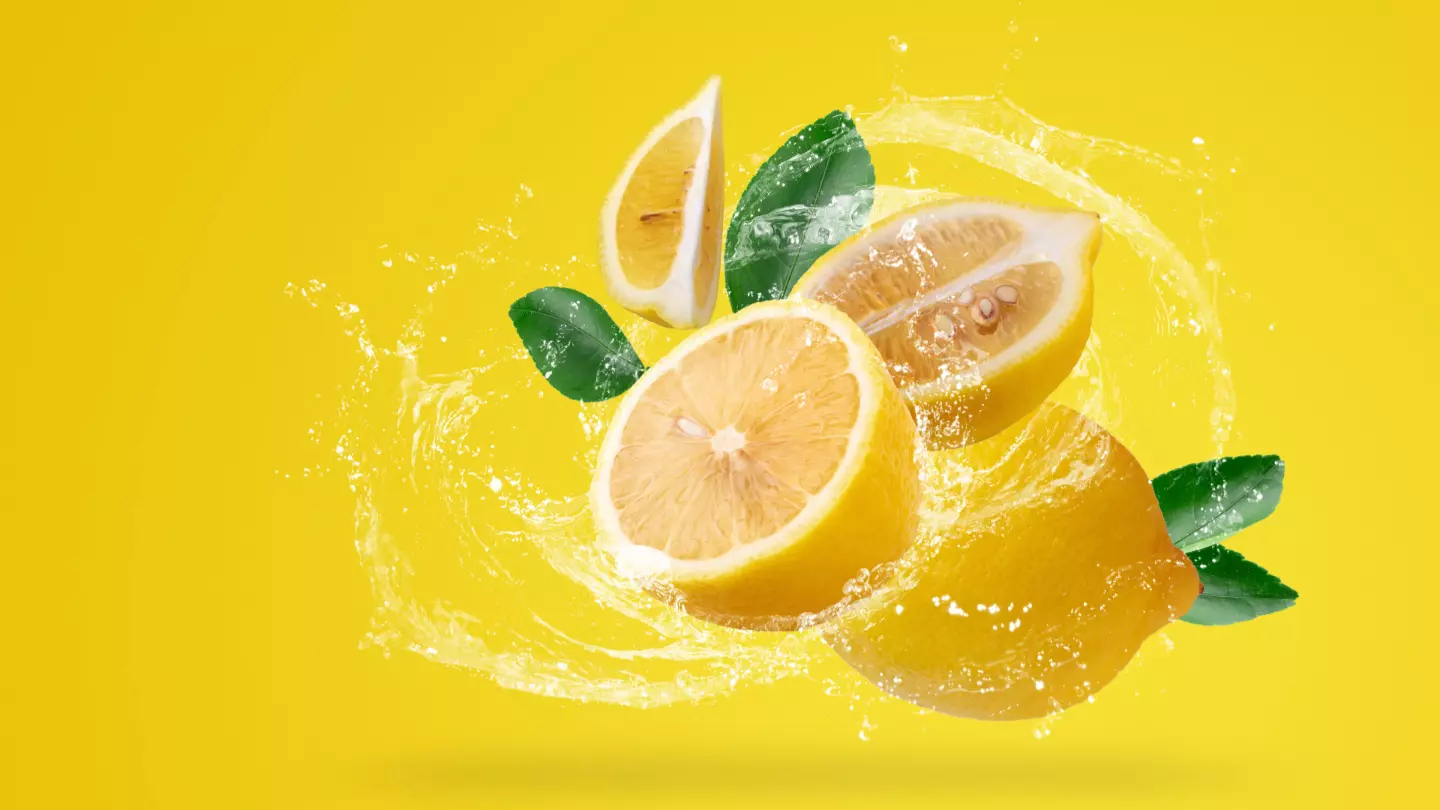
Lime
Contains 16 kcal. Enriched with vitamins C, B, A, potassium, iron, phosphorus, calcium. Thanks to the last two trace elements, it helps with bleeding gums and prevents caries. Pectin removes harmful substances from the body. It has a calming effect, uplifting.
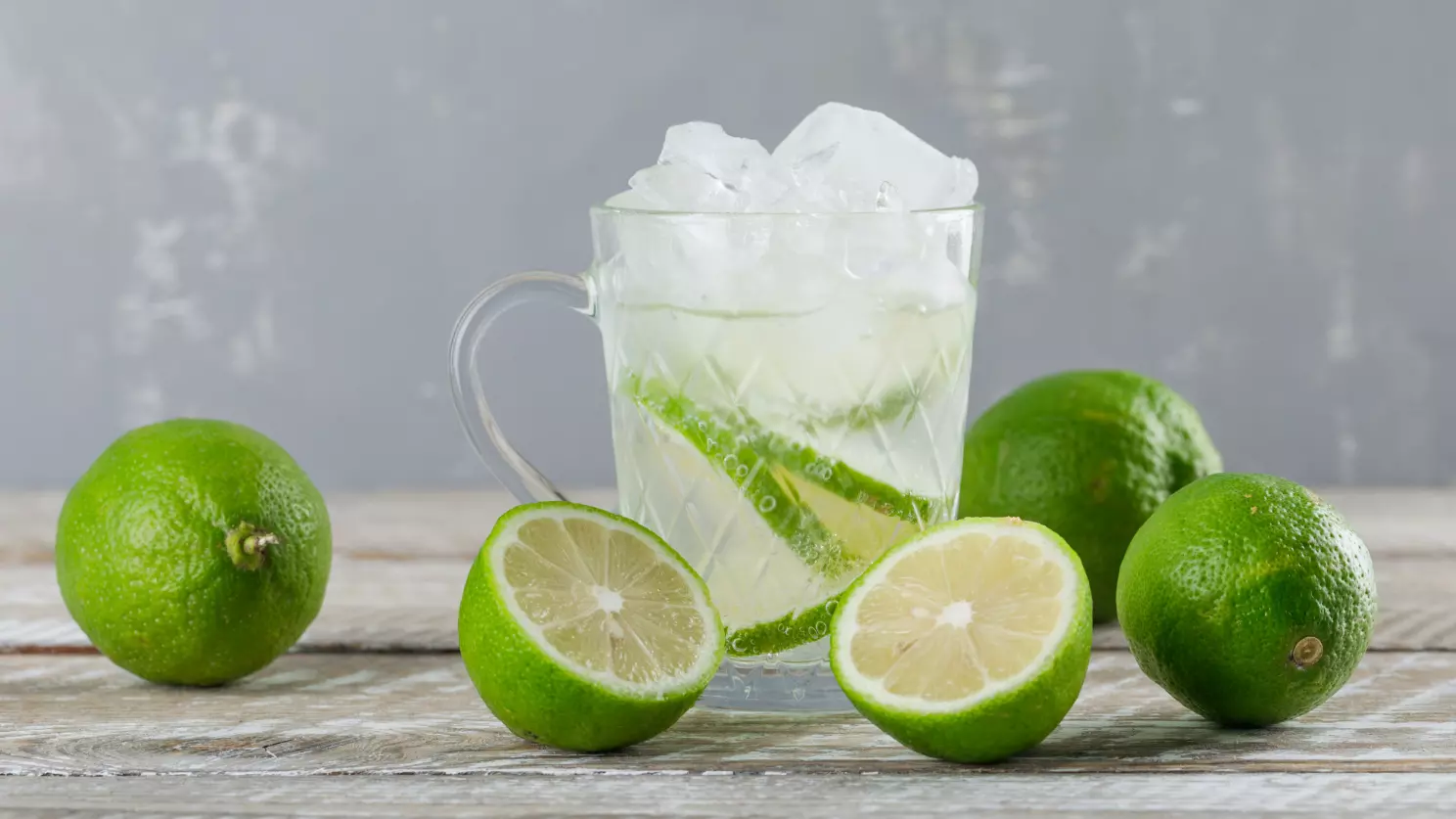
Pineapple
A beautiful, tasty product contains only 49 kcal. It contains bromelain – it promotes the breakdown of animal proteins, so you should add pineapple to a meat feast. Vitamin C found in pineapple ¾ covers the daily need for ascorbic acid. Thanks to manganese and calcium, it helps to strengthen and restore bone tissue.
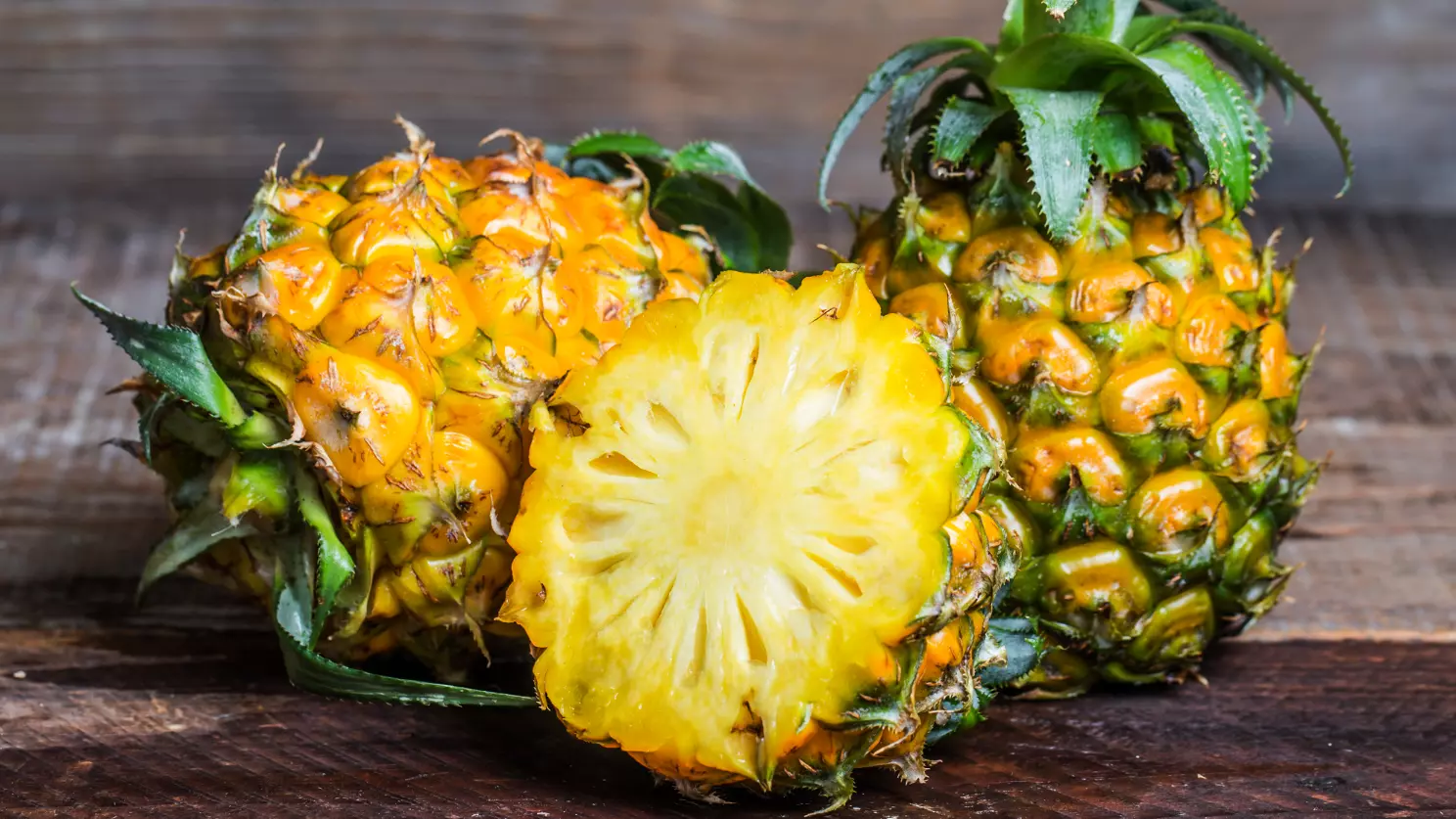
Grapefruit
Grapefruit contains 29 kcal, fiber, essential oils, phytoncides, vitamin C. Reduces the risk of cholesterol plaques on the walls of blood vessels, increases the acidity of the stomach. Raises vitality and mood.
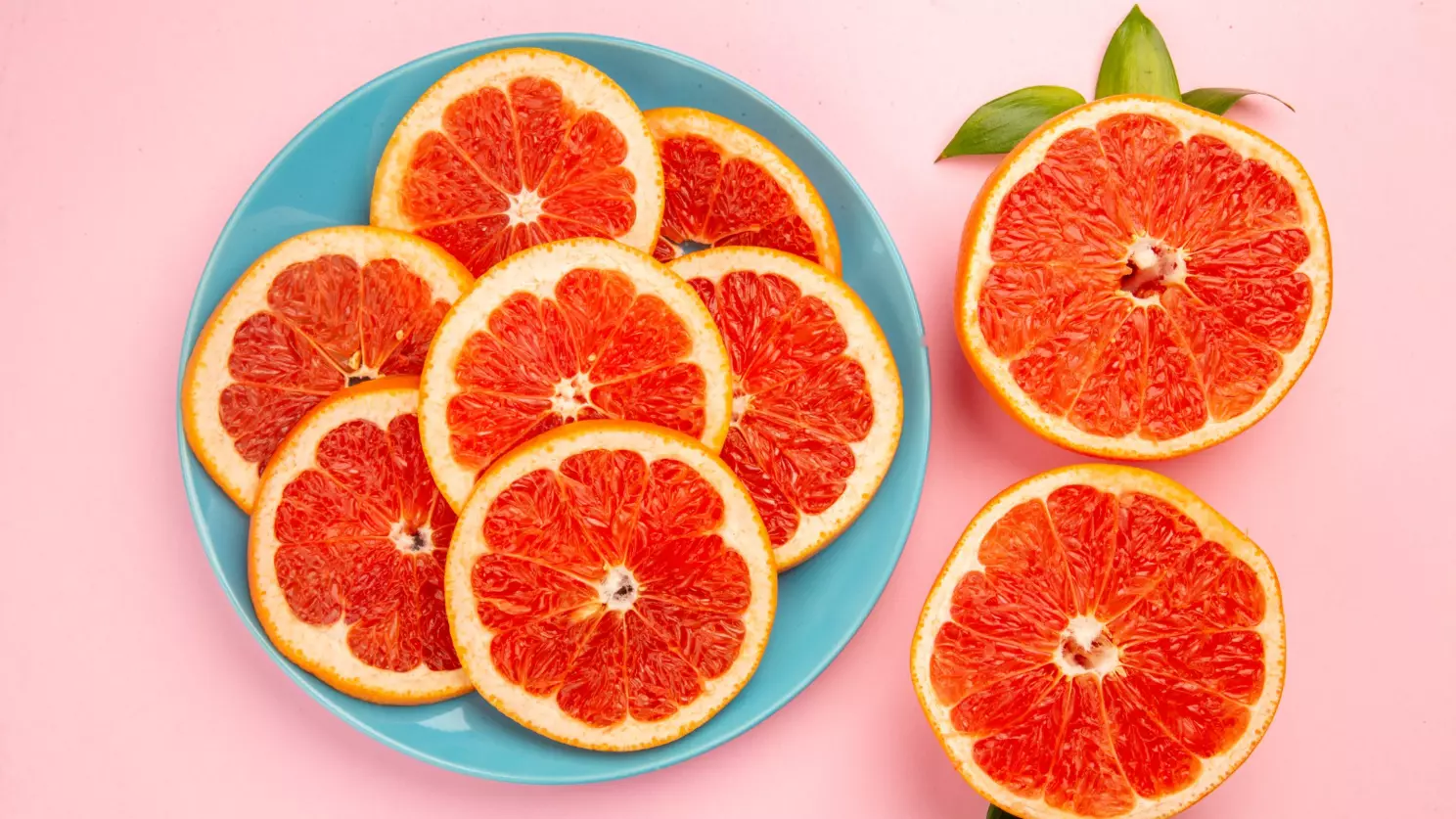
Zero calorie vegetables:
Let's look at zero calorie vegetables.
Asparagus
It has a neutral taste, contains 20 kcal. Normalizes peristalsis, rich in folic acid (suitable for women in position or planning a child), cleanses the kidneys. It contains asparagine, a compound that has a vasodilating effect. It has a good effect on the skin and hair, increases libido.
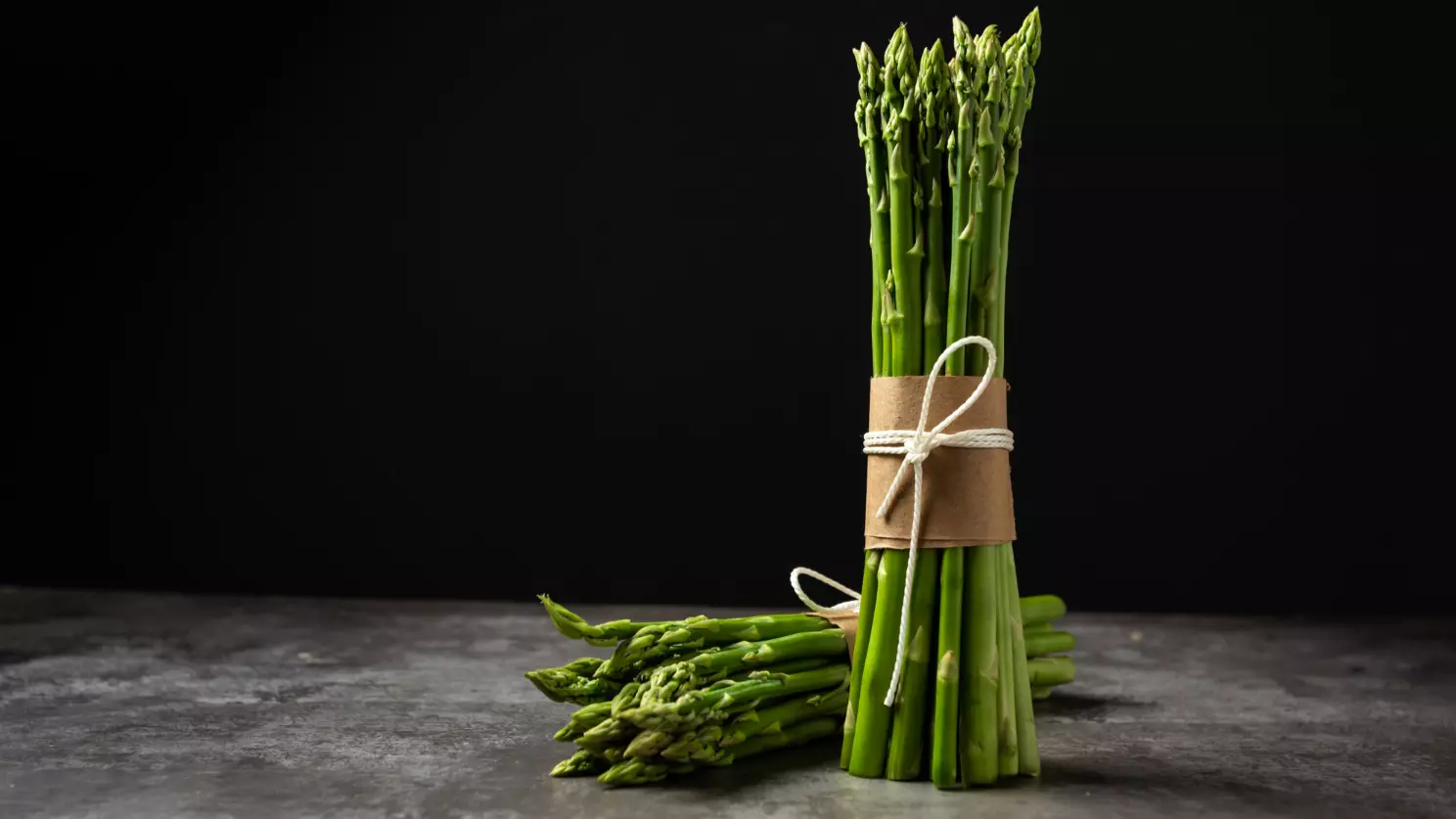
Eggplant
Contains coarse fiber, which is excreted from the body, along the way, carrying toxins and toxins along with it. Will burden the body by only 24 kcal. It will help in the work of the cardiovascular system due to the high content of potassium. Normalizes the water-salt balance.
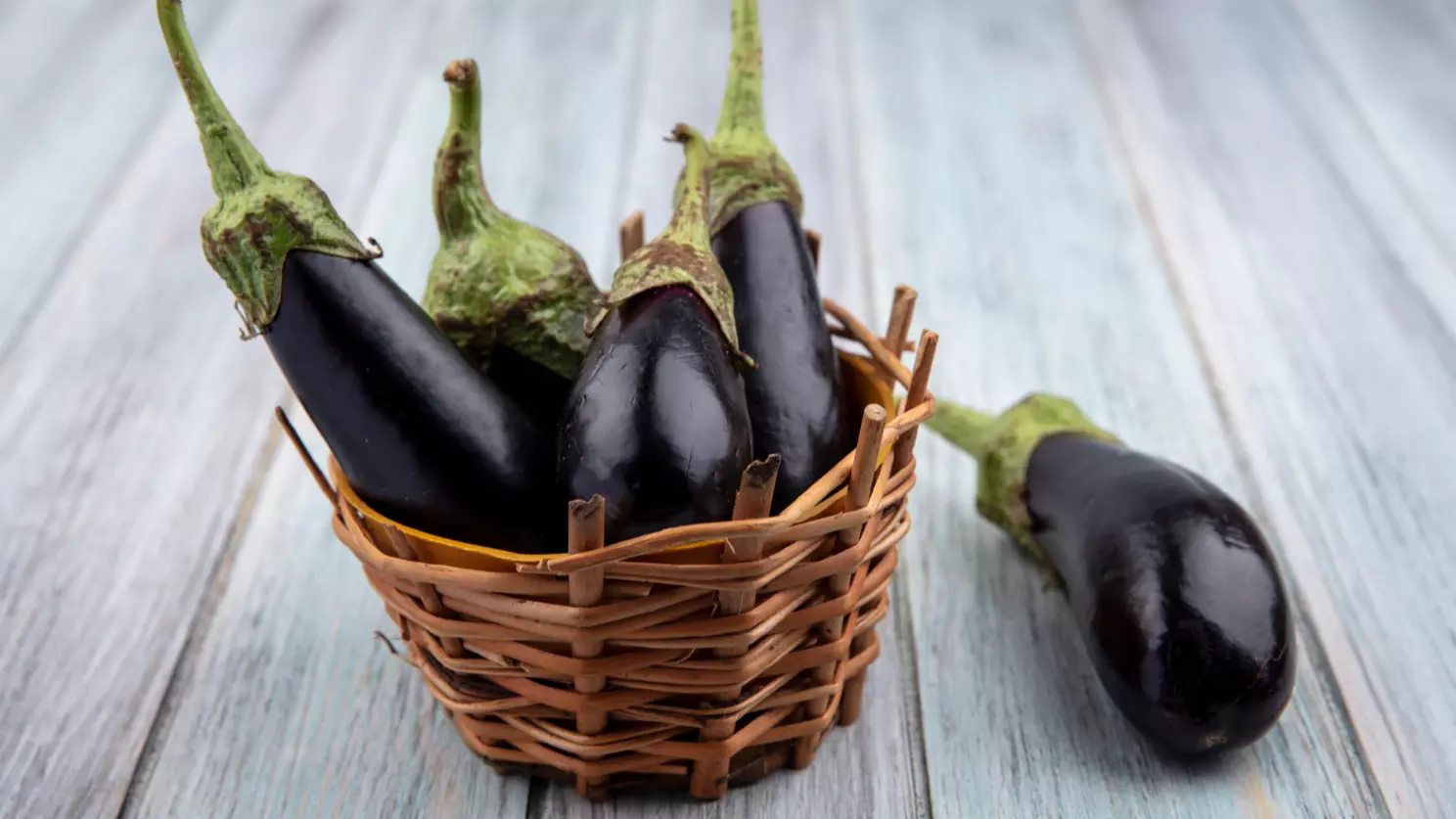
Beets
Beetroot is a healthy vegetable that contains only 43 kcal. It has a tonic effect, promotes hematopoiesis, is especially useful for anemia and leukemia. Reduces blood pressure.
Attention! You cannot drink freshly squeezed beetroot juice (vasospasm is possible). After squeezing, the juice is removed for several hours in the refrigerator.
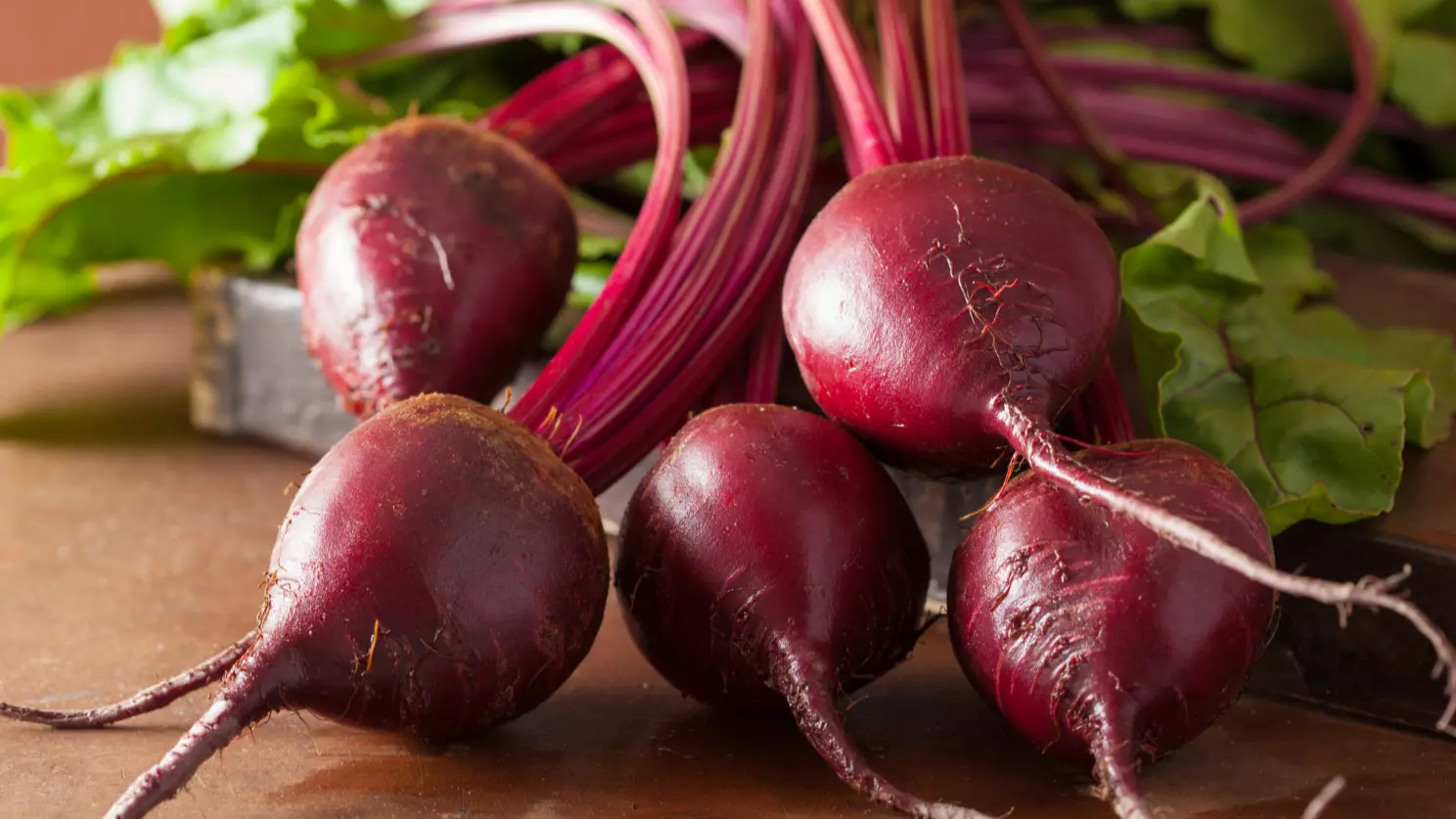
Broccoli
It has a high content of vitamin C, calorie content – 28 kcal, rich in indigestible fiber (cleanses the intestines). Increases the strength of the walls of blood vessels due to potassium. In its raw form, it acts as a good prevention of cancer due to the content of sulforaphane. Vegetarians love this product for its protein, close in composition to meat or egg.
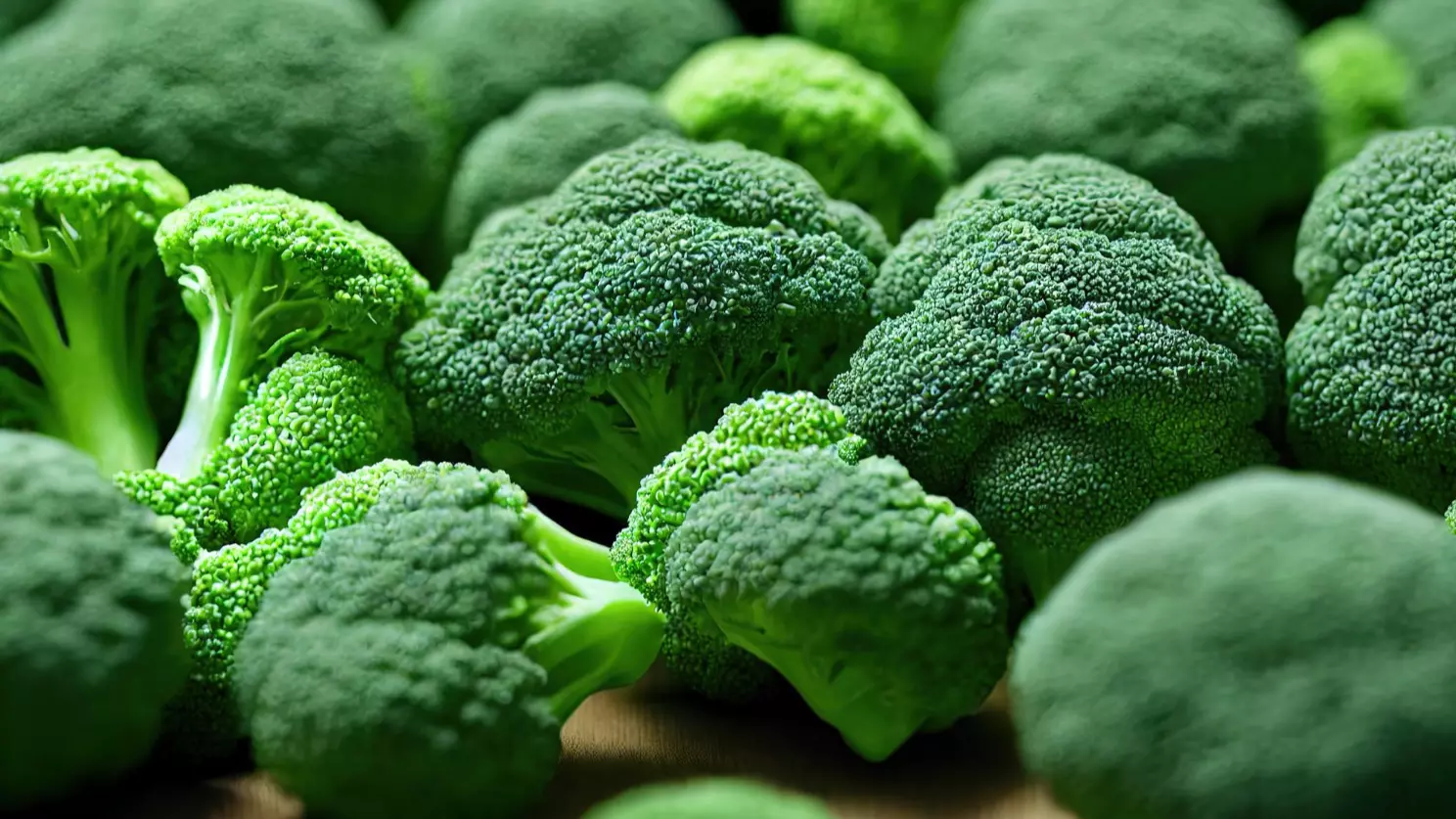
Pumpkin
Pumpkin contains 28 kcal, is considered a dietary dish – allowed for gastritis and ulcers. It has a beneficial effect on the intestines, the cardiovascular system, the condition of the skin and hair. Slows down the aging process. Pumpkin juice is involved in hematopoiesis, and seeds are an effective remedy against helminths.
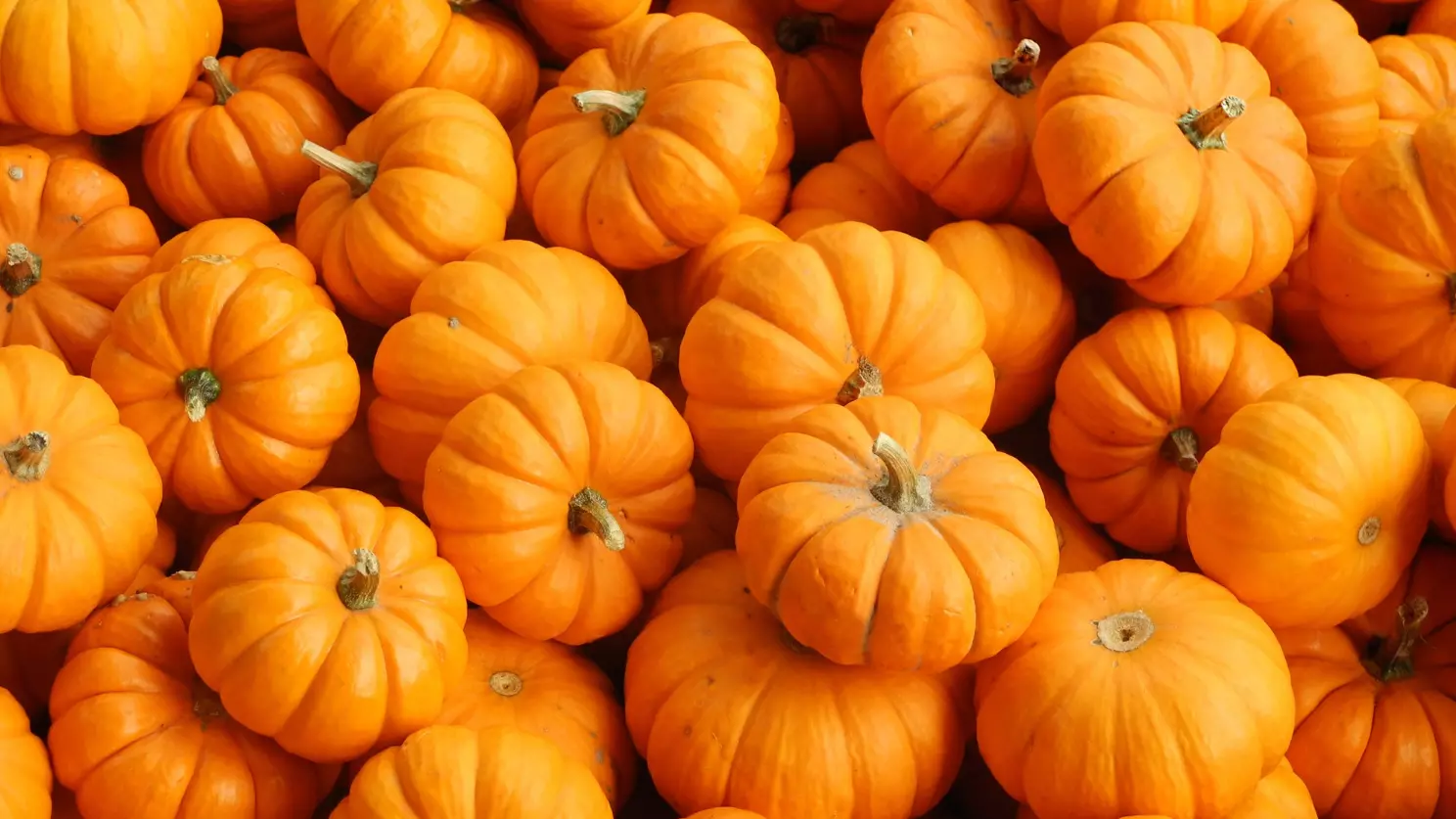
Cabbage
The usual white cabbage is a great snack or addition to the main dish. With only 27 kcal, it has an anti-inflammatory effect, has a beneficial effect on the cardiovascular system. It has a rare vitamin U – heals ulcers, erosion of the stomach and duodenum. Rich in folic acid.
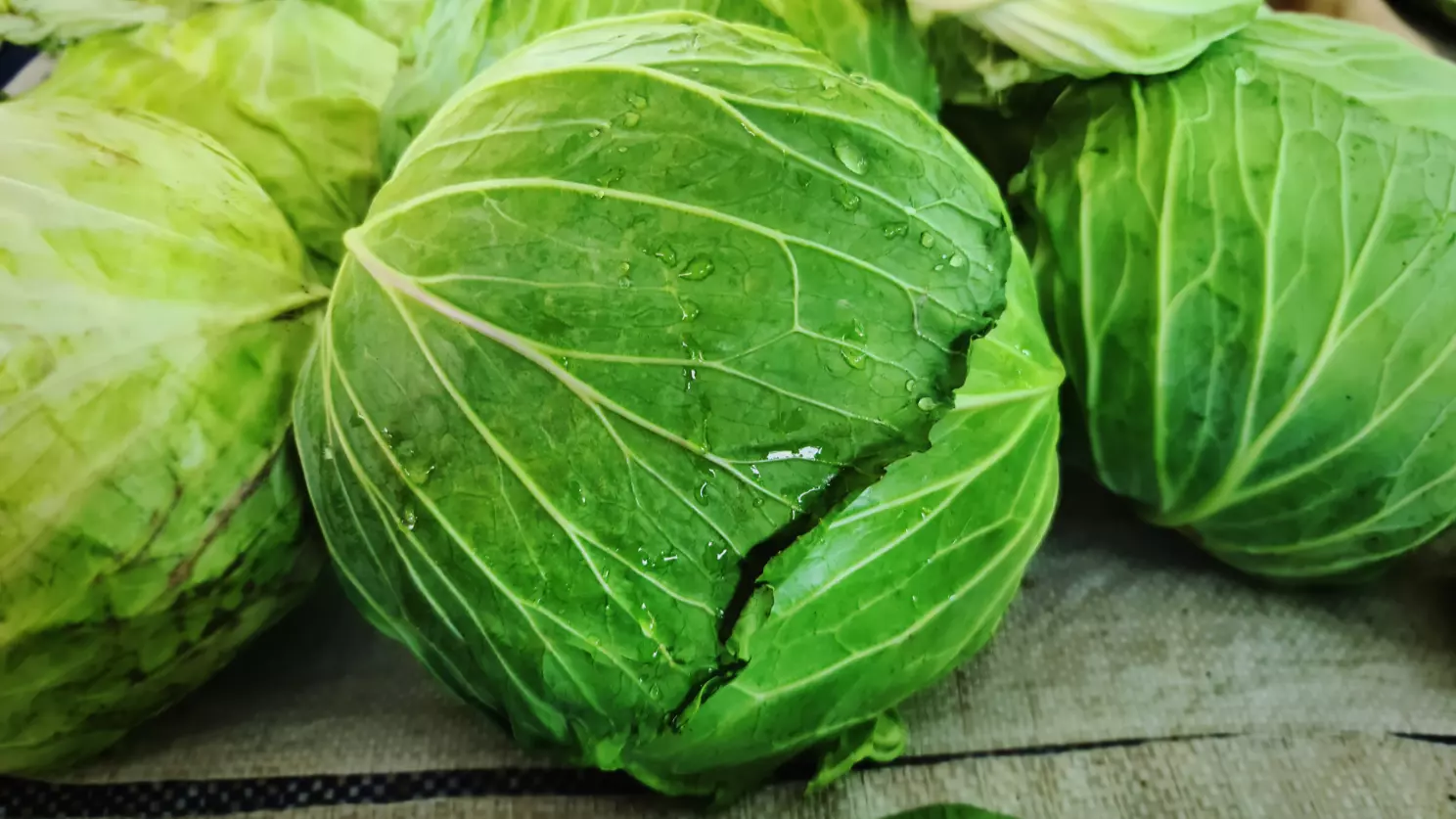
Carrot
Contains 32 kcal and a vital element – carotene. Purifies harmful toxins, prevents visual impairment. Carrots contain B vitamins, calcium, magnesium, phosphorus. Satisfies the need for sweets due to the content of glucose. If in the process of intense mental activity you want something sweet, eat carrots (+ good for the eyes).
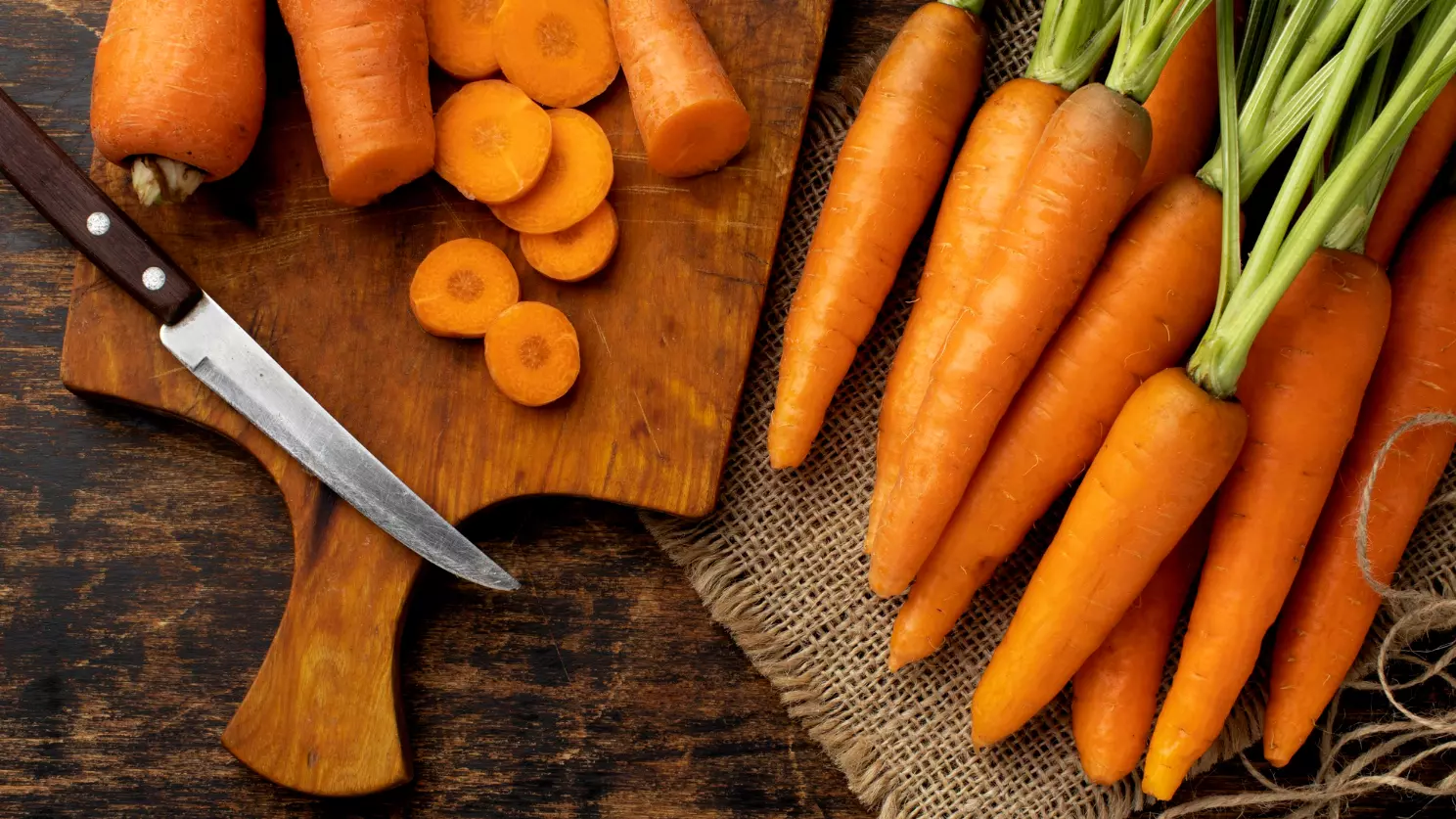
Cauliflower
Cauliflower contains a lot of protein, coarse dietary fiber, a daily intake of vitamin C, and all this at 30 kcal. Due to its choleric action, it is indispensable when taking antibiotics. Contains vitamins B, C, K, PP and U (involved in the formation of enzymes).
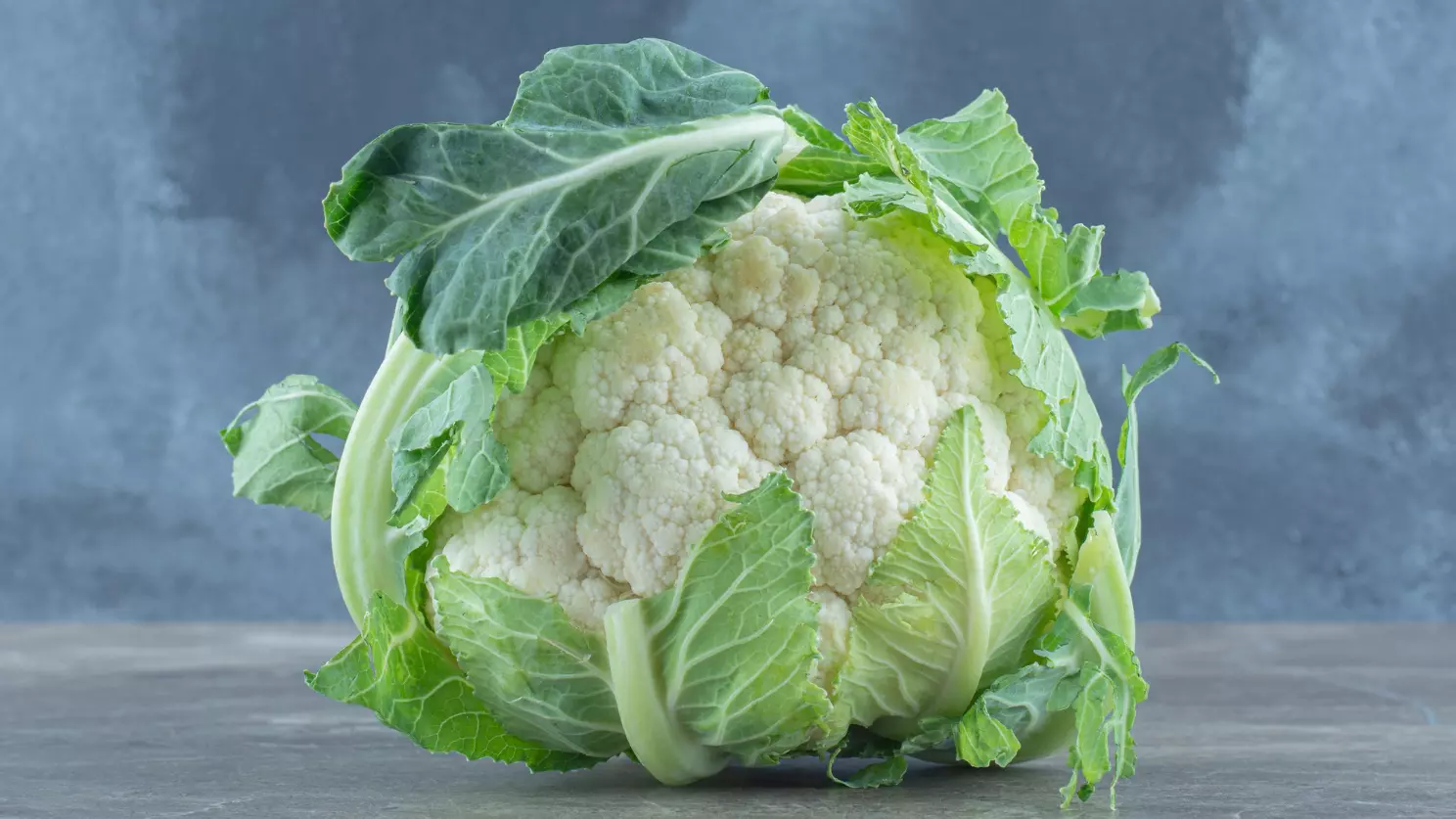
Spinach
A source of easily digestible protein contains 22 kcal. Enriched with beta-carotene and vitamins A, B9, C and E. It contains iron in non-heme form – it is better absorbed with ascorbic acid, which is also present in the composition, along with calcium and magnesium. Improves intestinal peristalsis.
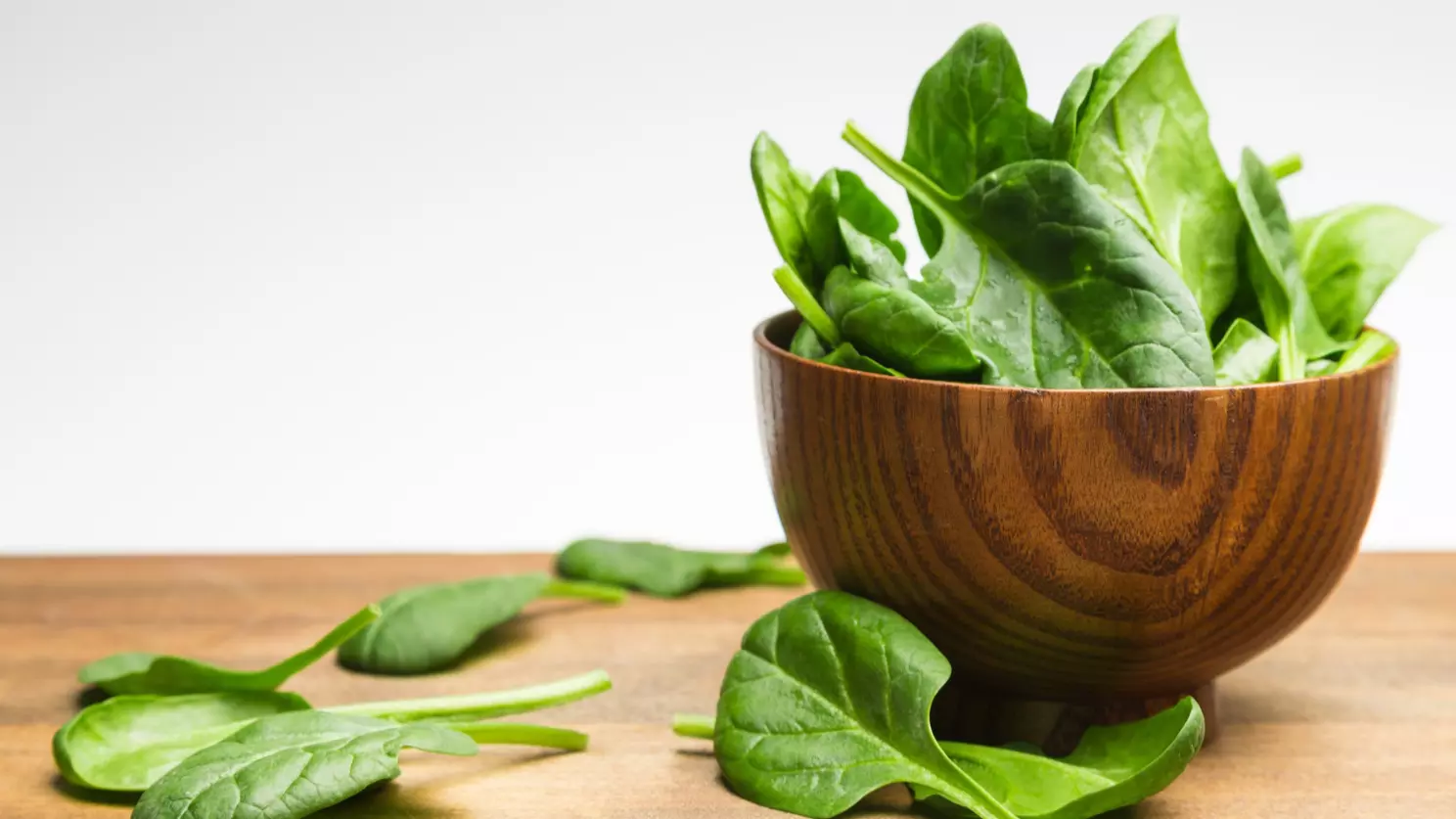
Celery
100 g of celery contains 12 kcal, a lot of sodium, potassium, vitamin A, fiber. Reduces high blood pressure, helping to relax the muscle tissue in the walls of the arteries and improve blood flow. It has bactericidal properties, prevents the processes of decay in the intestines, improves peristalsis.
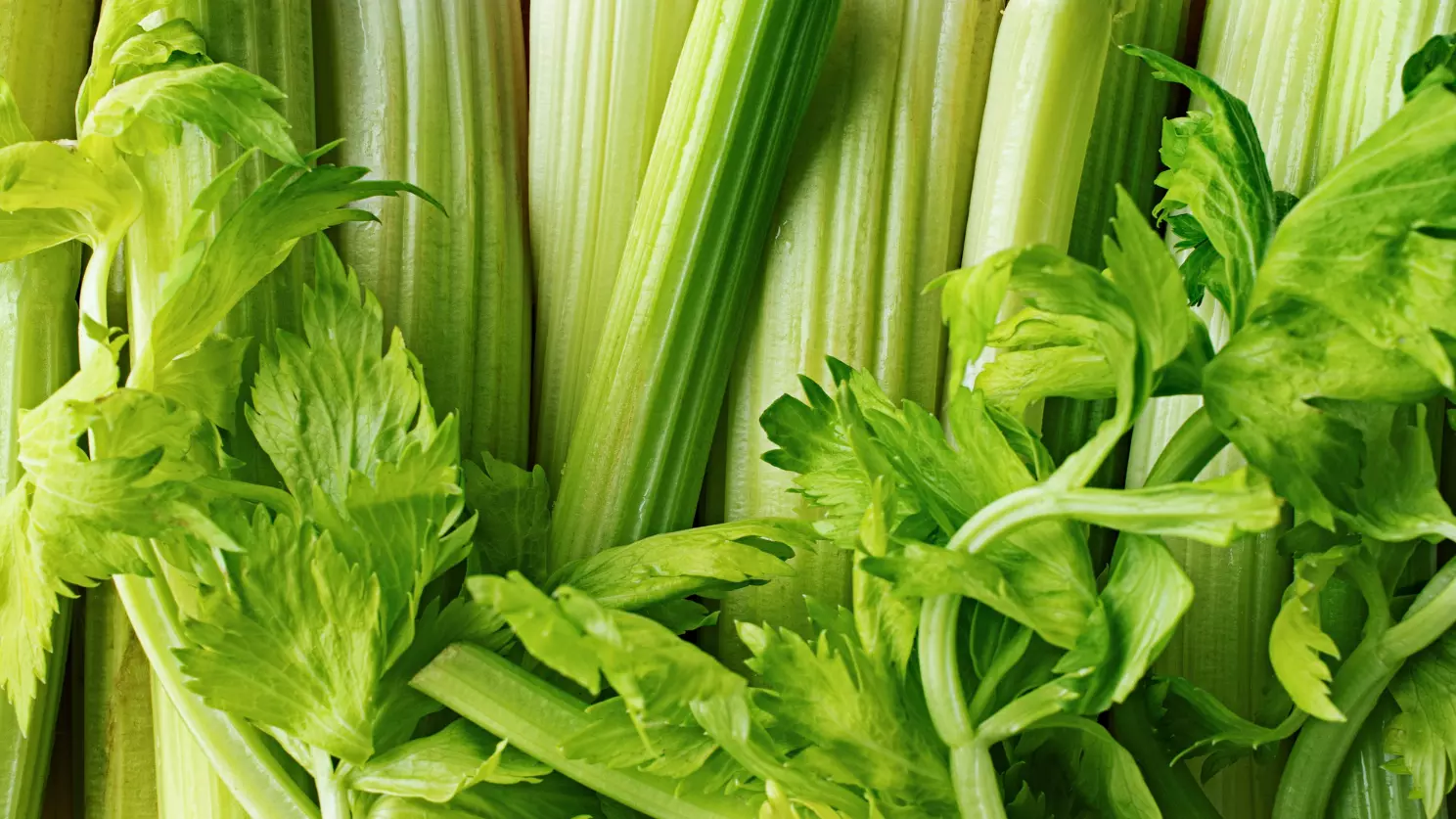
Chili
Spicy food is good for losing weight (if there are no stomach problems). It is eaten in moderation due to its pungent taste. Chili pepper contains 40 kcal and capsaicin – fat burner. It also stimulates the production of endorphins, helping to cope with a decline in mood.
Reduces the risk of poisoning. When cooking or eating food with red chili peppers, do not touch your face with your hands – there is a high risk of burning delicate integuments (especially it is worth taking care of the mucous membrane of the eye).
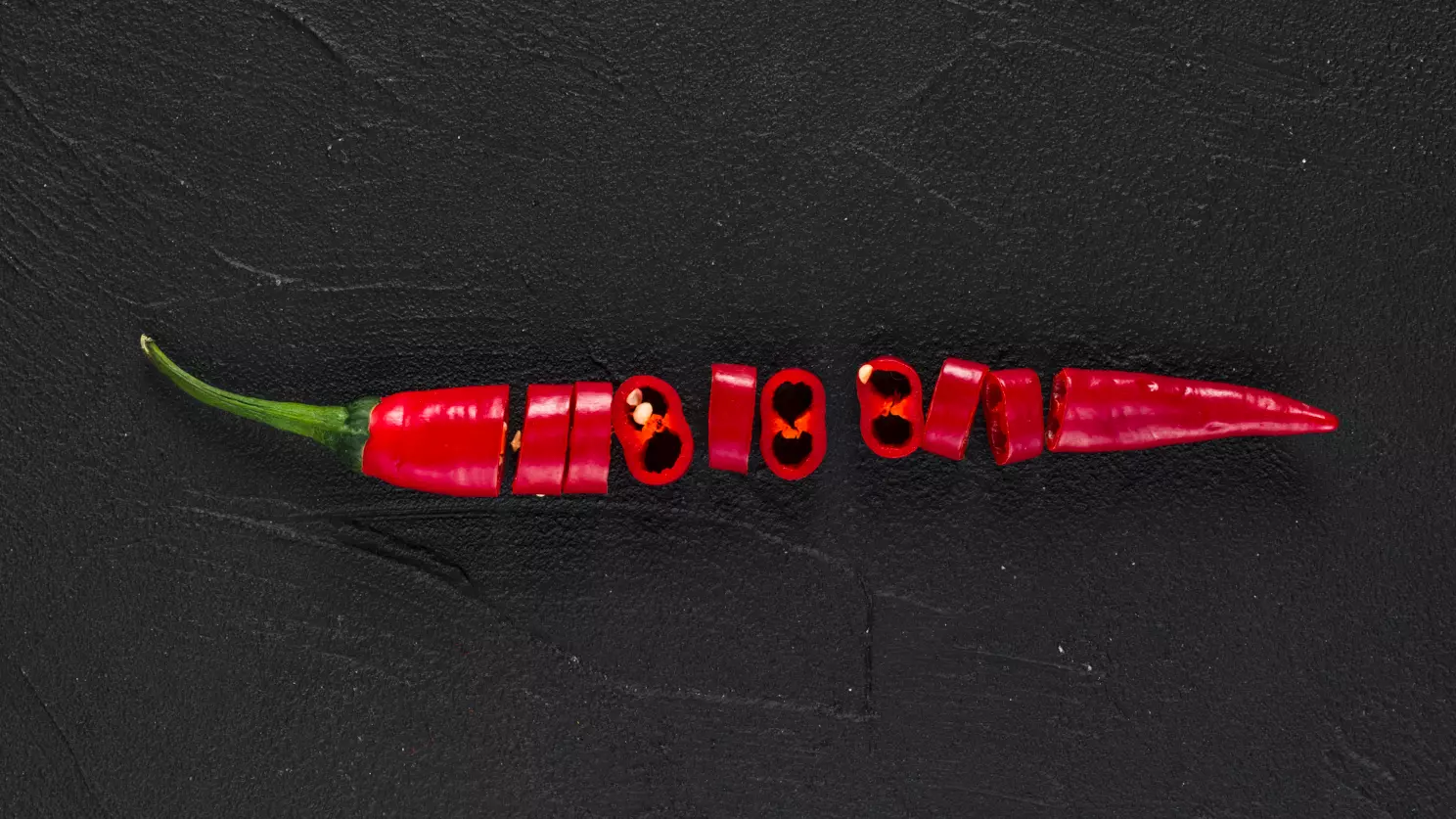
Cucumber
Only 15 kcal and 95% water increase the feeling of fullness, therefore, in the summer, cucumber salads are so popular in addition to the main course. They help not to transmit, enrich the body with vitamins K and C. They contain silicon, which is used to build connective tissue in ligaments and muscles.
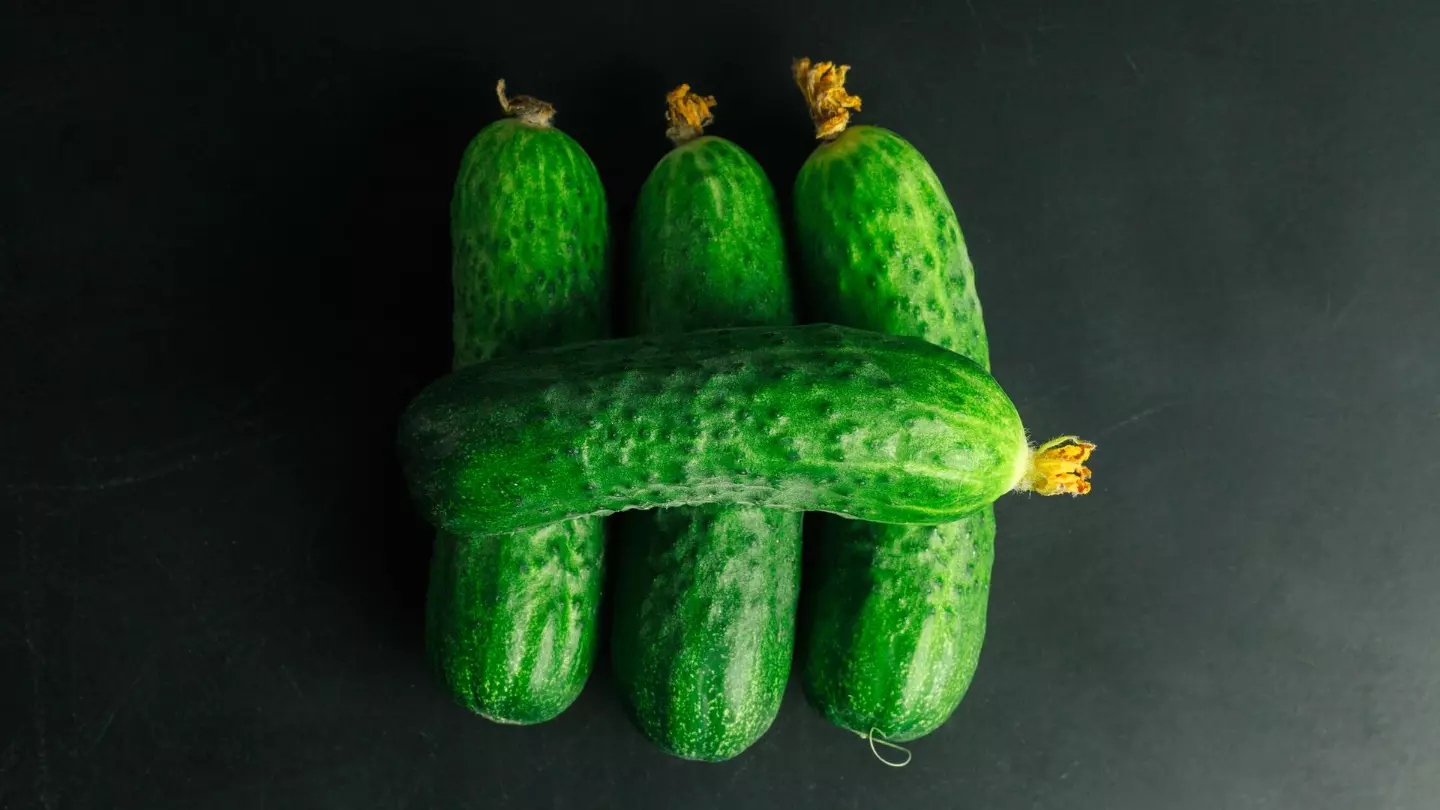
Zucchini
Contains 16 kcal, rich in vitamins A, C, B and carotene, easy to digest. Recognized dietary product, suitable for people with gastritis or stomach ulcers. Supplies potassium, phosphorus, calcium to the body.
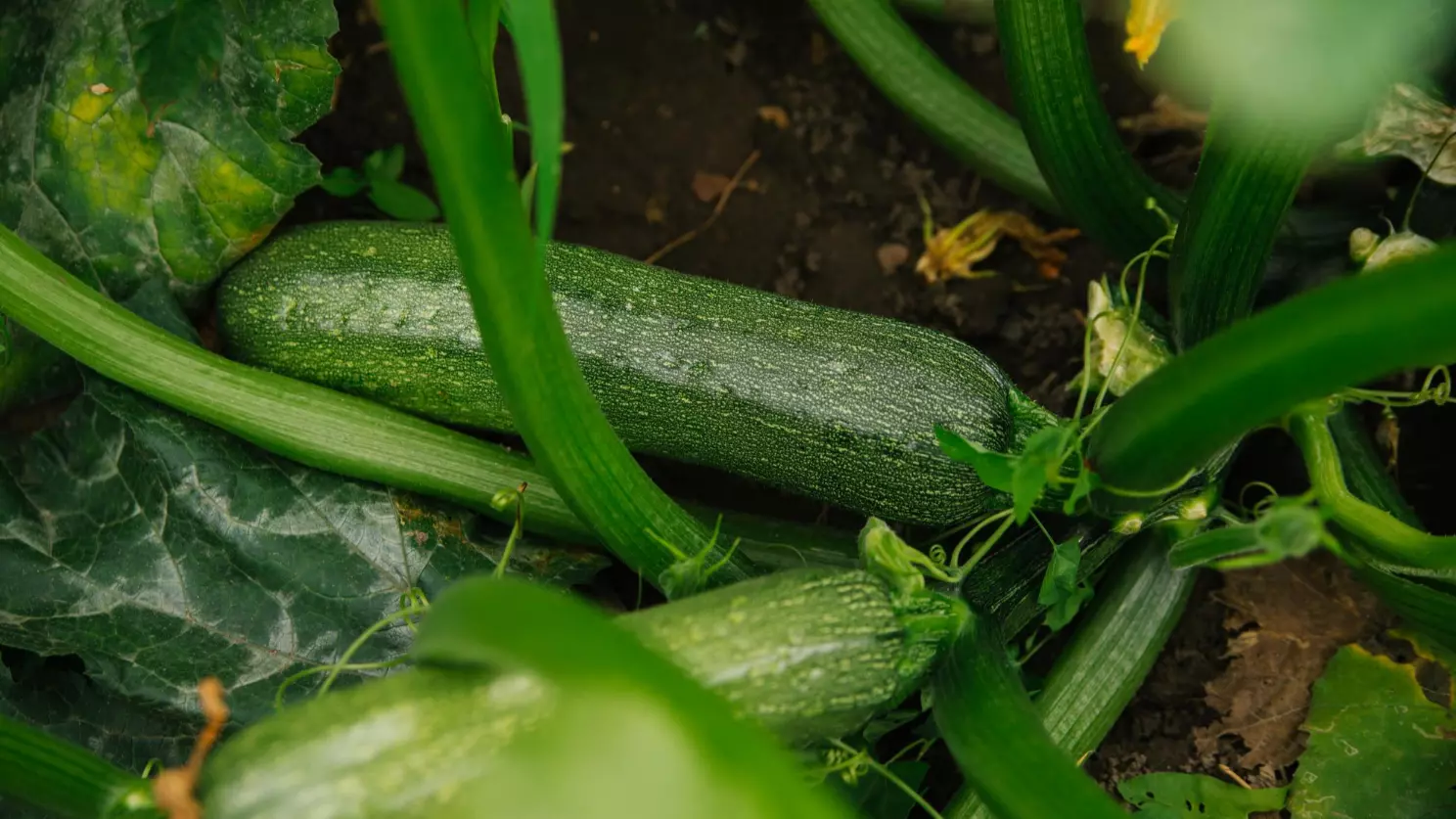
Zero calorie berries:
Let's look at zero calorie berries.
Cranberry
This berry has only 26 kcal. It has an anti-carious, cleansing, firming effect. It is indicated for cystitis, slows down the development of atherosclerosis. Reduces weight and blood sugar. Due to their antiseptic and antiviral properties, cranberries are used to prevent colds.
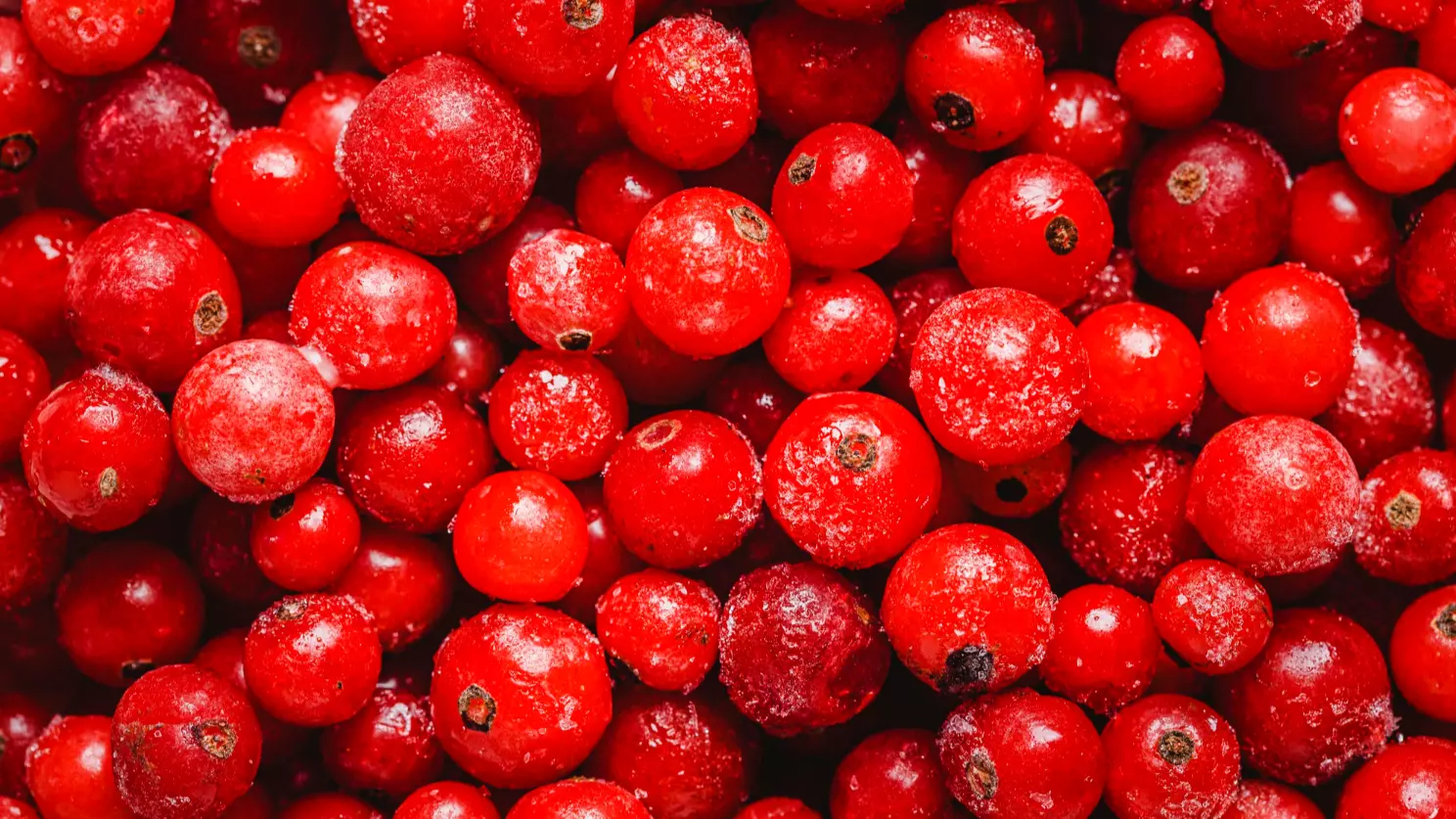
Summary
 190 cm to inches
190 cm to inches
 17.5 cm to inches
17.5 cm to inches


